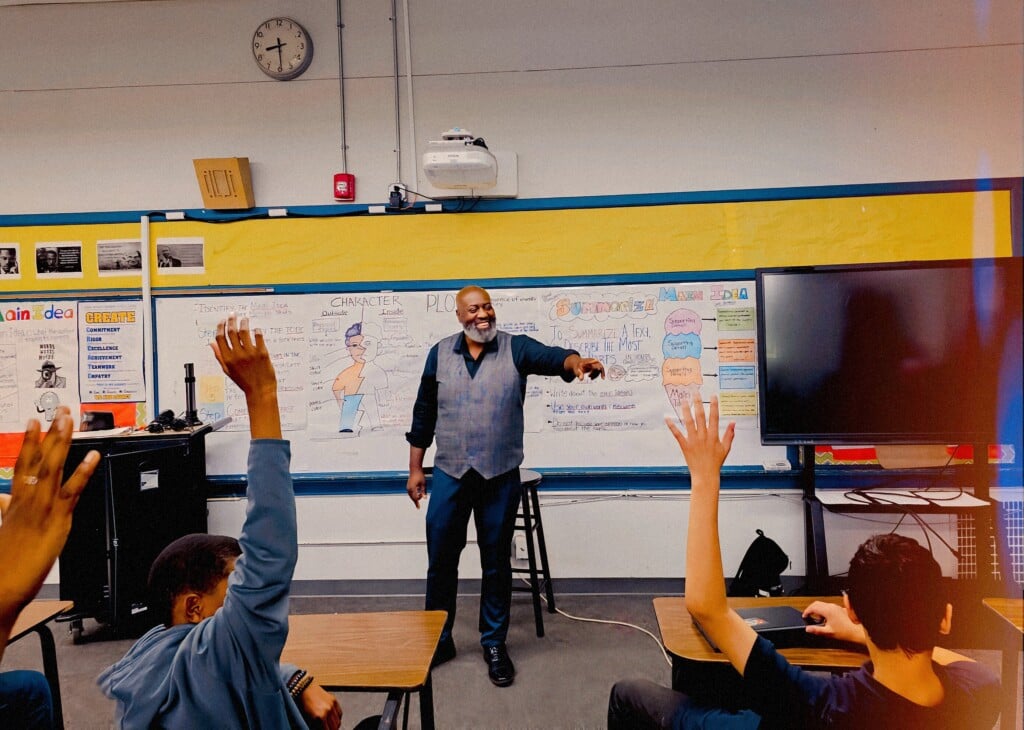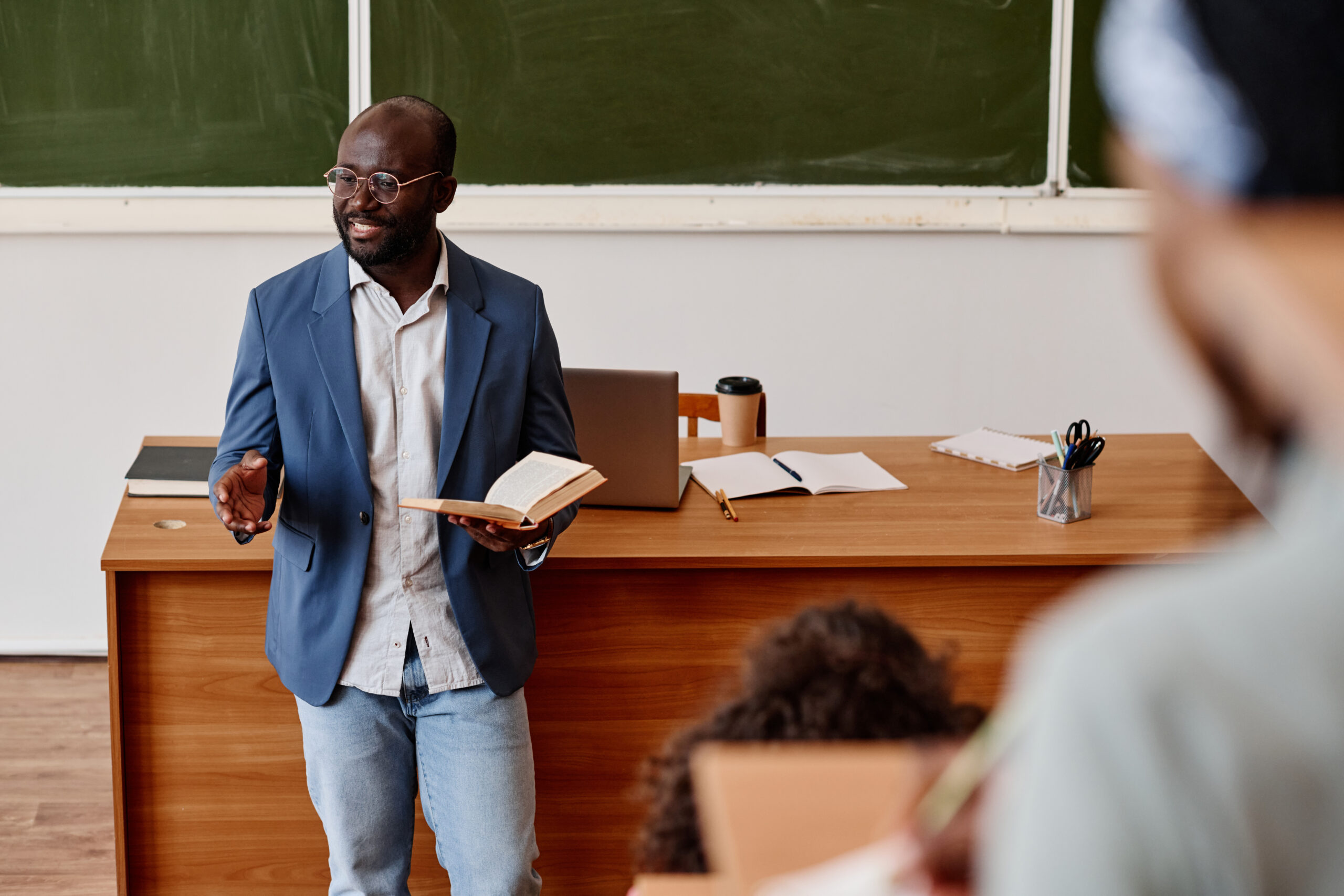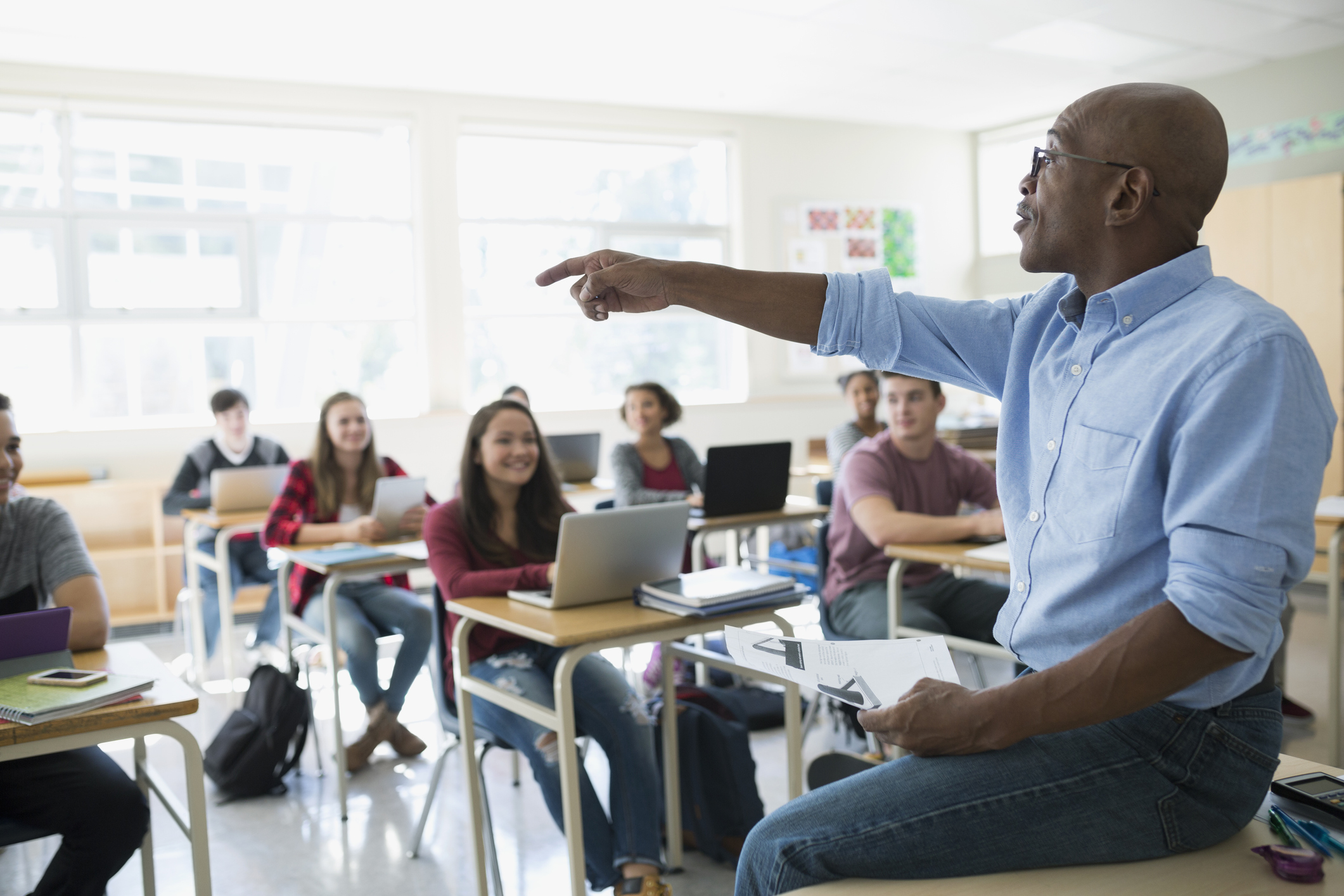Get Top Results with Primary Science Tuition Singapore from Experienced Tutors
Wiki Article
Discovering the Various Teaching Approaches in Primary Scientific Research Education Today
The landscape of main scientific research education is evolving, with numerous training strategies obtaining prominence in modern classrooms. Inquiry-based learning, hands-on experiments, and the assimilation of innovation are redefining exactly how instructors involve young minds. In addition, collaborative techniques and set apart guideline are being used to accommodate the varied requirements of trainees, enhancing both engagement and understanding. As we take a look at these methodologies, concerns develop regarding their efficiency and the implications for future educational methods. What might these changes in technique mean for the following generation of learners?Inquiry-Based Discovering
Inquiry-Based Learning (IBL) is an instructional strategy that encourages pupils to discover clinical ideas through wondering about, examination, and hands-on trial and error. This technique emphasizes the function of pupils as energetic individuals in their knowing, advertising crucial thinking and problem-solving abilities. By engaging with real-world inquiries, pupils become interested and determined, which enhances their understanding of scientific concepts.In IBL, educators work as facilitators, assisting pupils as they navigate their queries instead of delivering info directly. This student-centered strategy enables distinction, fitting different finding out designs and paces. Students establish abilities in formulating theories, creating experiments, and analyzing information, which are critical for clinical literacy.
In addition, IBL fosters cooperation among pupils, motivating them to share searchings for and concepts. This cumulative inquiry advertises social abilities and a feeling of neighborhood within the class. The process of questions motivates durability, as pupils learn to welcome failure as a stepping stone toward understanding.
Hands-On Experiments
Hands-on experiments are an important element of effective science education, enhancing the concepts of inquiry-based knowing. These experiments enable pupils to involve directly with scientific principles, cultivating a deeper understanding via experiential learning. By controling products and observing results, young learners can grasp abstract concepts in tangible means.Such tasks advertise vital thinking and problem-solving abilities, as trainees assume outcomes, conduct experiments, and assess results. This procedure motivates them to ask concerns, improve their understanding, and establish a clinical attitude. Hands-on experiments can be tailored to varied understanding styles, guaranteeing that all pupils have the opportunity to involve meaningfully with the content.
Moreover, hands-on experiments often motivate partnership amongst peers, promoting team effort and communication skills. Working in groups makes it possible for trainees to share concepts, talk about findings, and gain from one another, which enhances their general instructional experience.
Including hands-on experiments right into the key scientific research educational program not only enriches the discovering setting yet additionally grows a lifelong interest in scientific research. By proactively joining their education and learning, trainees are extra likely to create a passion for clinical inquiry that expands past the class.

Modern Technology Assimilation
Incorporating technology right into primary scientific research education and learning has become increasingly crucial in cultivating trainee interaction and enhancing learning results. Using electronic tools, such as interactive simulations, online labs, and educational software program, gives students with chances to check out scientific concepts in ingenious methods. These sources facilitate a deeper understanding of complicated topics by enabling students to envision and control variables that would be impractical in a standard classroom setup.In addition, technology combination encourages individualized finding out experiences. Trainees can advance at their very own speed, taking another look this website at tough ideas with multimedia sources, which accommodate various learning designs. This flexibility not just supports specific development however additionally cultivates a feeling of freedom in students.
In addition, technology works as a bridge to real-world scientific research, linking trainees with present research study and specialist payments. Accessibility to on the internet data sources and clinical journals expands trainees' point of views on scientific questions and fosters critical believing abilities.
Collaborative Learning
Collective knowing plays a crucial duty in key science education by fostering synergy and communication abilities among students. This approach encourages learners to interact, share understanding, and take part in analytical, which enhances their understanding of scientific principles. By participating in group tasks, students discover to express their concepts, listen to varied point of views, and negotiate solutions, every one of which are vital skills in both real-world and academic contexts.
Research study indicates that joint discovering can cause enhanced inspiration and interaction in scientific research subjects, as students discover satisfaction in common experiences (primary science tuition Singapore). Additionally, this strategy prepares students for future collective ventures, outfitting them with the skills essential for effective teamwork in greater education and specialist environments. Eventually, accepting collective knowing in primary science education and learning can substantially enhance the discovering experience and promote a much deeper understanding of clinical query
Separated Guideline

Differentiated direction can materialize in numerous ways, such as varying click to read more the material, processes, or items of knowing. As an example, educators may use tiered jobs that supply varying levels of intricacy, allowing students to operate at their particular readiness levels. Additionally, versatile organizing methods can assist in collaboration among trainees with different abilities, promoting peer learning.
Evaluation plays an important role in try this out this strategy, as it educates direction and assists instructors recognize each trainee's one-of-a-kind needs. Formative assessments, such as monitorings and tests, can lead teachers in adjusting their approaches to enhance finding out results. primary science tuition Singapore. Eventually, by applying differentiated guideline in primary science education and learning, teachers can cultivate an extra fair and efficient discovering environment, empowering all trainees to reach their complete capacity in recognizing clinical phenomena
Conclusion
In recap, the diverse training strategies in main scientific research education and learning, including inquiry-based discovering, hands-on experiments, innovation combination, collaborative understanding, and distinguished instruction, jointly contribute to a more effective discovering setting. These methods promote critical thinking, problem-solving skills, and a deeper comprehension of clinical ideas. By executing these methods, educators can develop supportive and appealing class that deal with the different demands of students, ultimately promoting a long-lasting interest in science and boosting scholastic accomplishment.Inquiry-Based Learning (IBL) is a pedagogical method that encourages pupils to explore clinical principles via wondering about, examination, and hands-on testing.Collective discovering plays an important function in main science education by promoting teamwork and interaction abilities amongst students.Research shows that joint knowing can lead to enhanced motivation and involvement in scientific research topics, as pupils find satisfaction in shared experiences.In fostering a comprehensive understanding setting, set apart guideline arises as an essential technique to suit the diverse needs and capacities of students in key scientific research education and learning. Inevitably, by executing distinguished guideline in primary scientific research education and learning, educators can cultivate an extra equitable and reliable knowing environment, empowering all pupils to reach their full possibility in understanding clinical sensations.
Report this wiki page